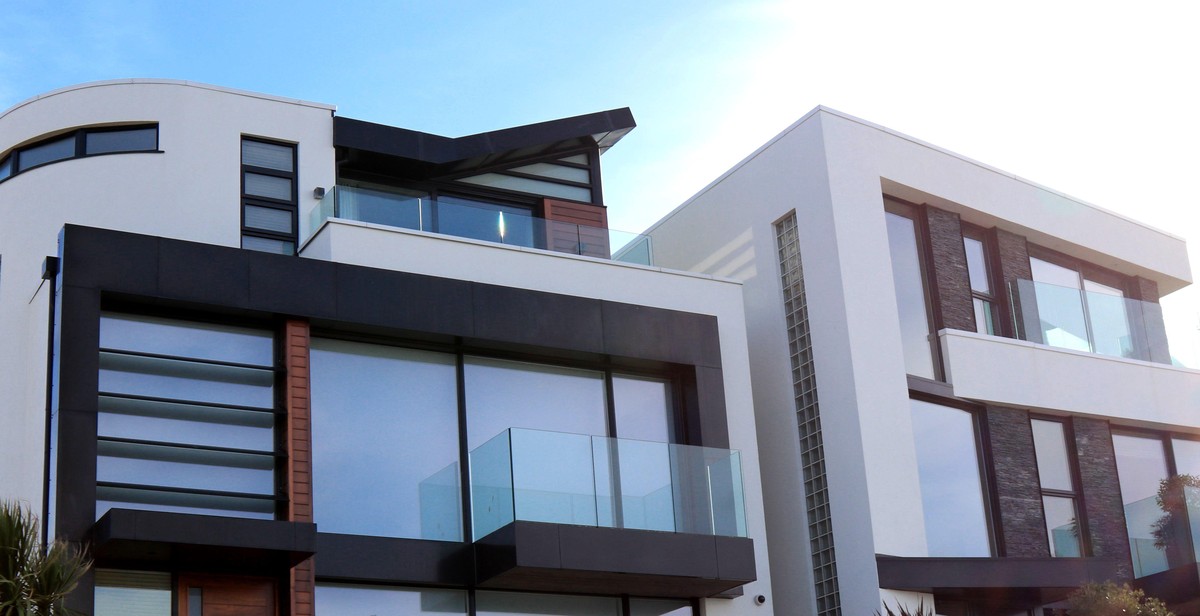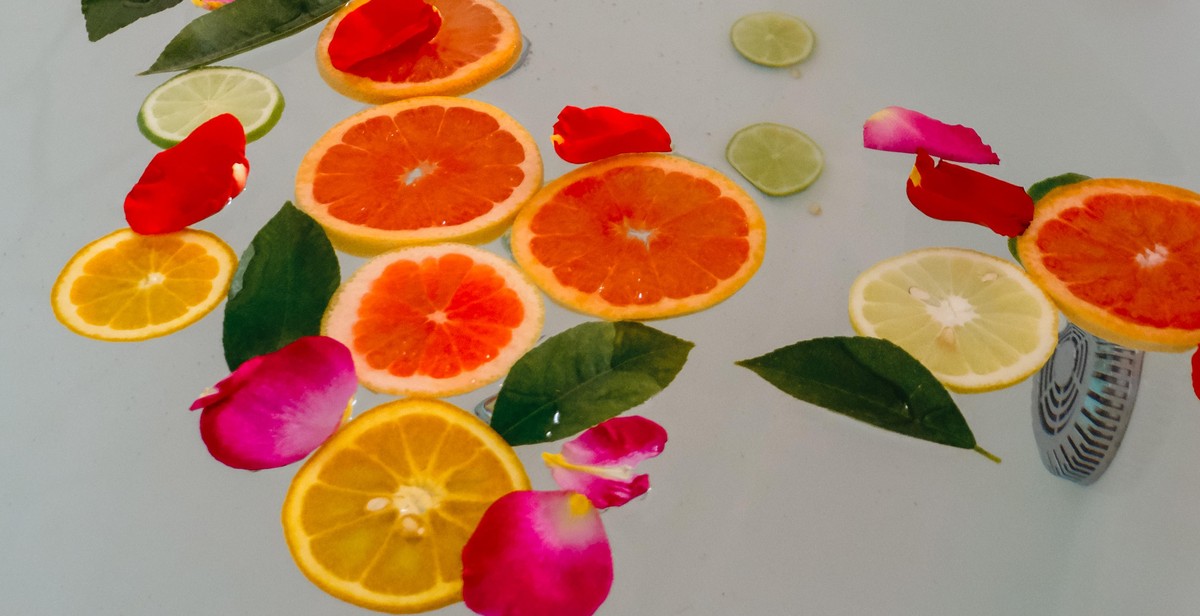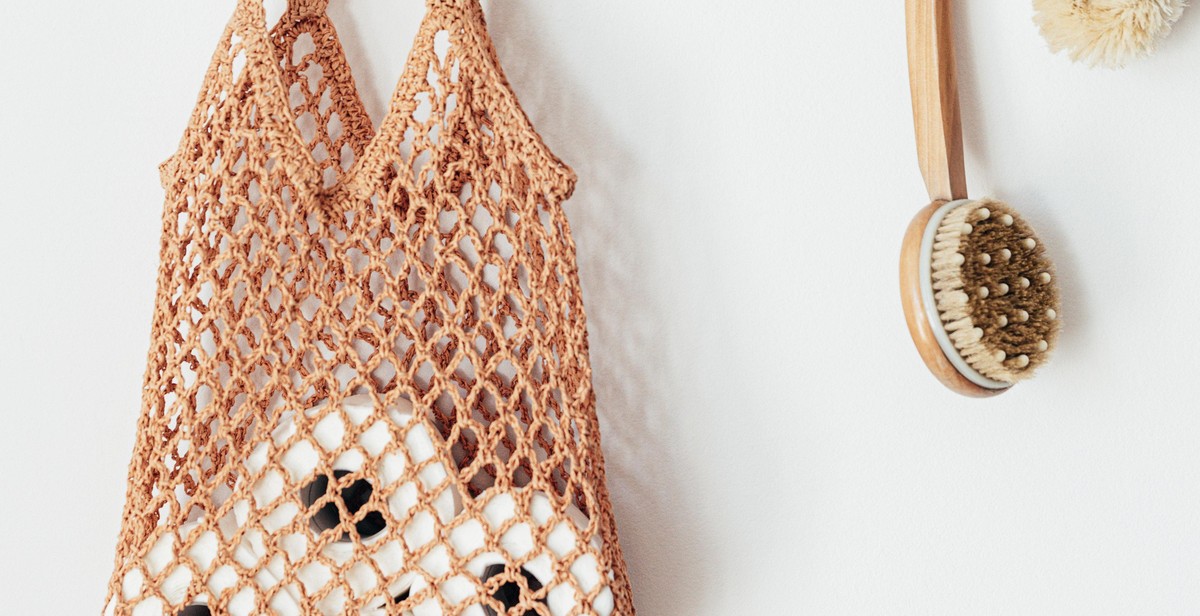How to Design an Eco-Friendly Home: Tips for Sustainable Architecture and Materials
Designing an eco-friendly home is not only good for the environment, but it can also save you money in the long run. As a professional article writer and content creator with years of experience, I have seen the rise in popularity of sustainable architecture and materials. In this article, I will share some tips on how to design an eco-friendly home that is both functional and beautiful.
Why Design an Eco-Friendly Home?
Building an eco-friendly home has many benefits. Firstly, it reduces the negative impact on the environment by using sustainable materials and reducing energy consumption. Secondly, it can save you money on energy bills and maintenance costs. Thirdly, it can improve the health and well-being of the people living in the home by using non-toxic materials and improving indoor air quality.
How to Design an Eco-Friendly Home
Designing an eco-friendly home involves careful planning and consideration of sustainable materials and energy-efficient systems. Some key elements to consider include:
- Passive solar design
- Insulation and air sealing
- Energy-efficient appliances and lighting
- Water conservation
- Use of sustainable materials such as bamboo, recycled glass, and reclaimed wood
By incorporating these elements into your design, you can create a home that is both environmentally sustainable and aesthetically pleasing.

Sustainable Architecture
Sustainable architecture is the practice of designing buildings that minimize their environmental impact and promote sustainability. When designing an eco-friendly home, it is important to consider passive solar design, natural ventilation, and lighting.
Passive Solar Design
Passive solar design is a technique that uses the sun’s energy to naturally heat and cool a building. This technique involves orienting the building to face the sun, using materials that absorb and store heat, and incorporating shading devices to control the amount of sunlight that enters the building. By using passive solar design, homeowners can reduce their energy consumption and save money on heating and cooling costs.
Natural Ventilation
Natural ventilation is a technique that uses the movement of air to naturally cool a building. This technique involves using windows, doors, and other openings to allow fresh air to enter the building and circulate throughout the space. By using natural ventilation, homeowners can reduce their reliance on air conditioning and improve indoor air quality.
Natural Lighting
Natural lighting is a technique that uses natural light to illuminate a building. This technique involves using windows, skylights, and other openings to allow natural light to enter the building. By using natural lighting, homeowners can reduce their reliance on artificial lighting and improve the overall comfort and aesthetic of the space.
| Benefits | Description |
|---|---|
| Energy Efficiency | Sustainable architecture can help reduce energy consumption and save money on utility bills. |
| Environmental Impact | Sustainable architecture can help reduce the environmental impact of buildings and promote sustainability. |
| Indoor Air Quality | Sustainable architecture can help improve indoor air quality and promote a healthier living environment. |
By incorporating passive solar design, natural ventilation, and lighting techniques into the design of an eco-friendly home, homeowners can reduce their environmental impact, save money on utility bills, and create a healthier living environment.

Eco-Friendly Materials
Choosing eco-friendly materials for your home is an important aspect of sustainable architecture. Here are some options to consider:
Bamboo Flooring
Bamboo is a highly renewable resource that can be harvested in just a few years, making it a great alternative to traditional hardwood flooring. It is also naturally resistant to moisture and insects, making it a durable choice for high-traffic areas. Additionally, bamboo flooring is available in a variety of colors and styles to match any design aesthetic.
Recycled Glass Countertops
Recycled glass countertops are made from post-consumer and post-industrial glass, which is crushed and mixed with a binding agent to create a durable and beautiful surface. This eco-friendly option is available in a range of colors and patterns and can be customized to fit any kitchen or bathroom design. Plus, using recycled glass helps to divert waste from landfills and reduce the demand for new raw materials.
Reclaimed Wood Furniture
Reclaimed wood furniture is made from salvaged wood that has been repurposed from old buildings, barns, and other structures. This not only gives the wood a second life but also helps to reduce the need for new trees to be harvested. Reclaimed wood furniture is available in a variety of styles and finishes and can add a unique touch to any room in your home.
| Material | Renewable? | Durable? | Customizable? | Unique? |
|---|---|---|---|---|
| Bamboo Flooring | Yes | Yes | Yes | No |
| Recycled Glass Countertops | No | Yes | Yes | Yes |
| Reclaimed Wood Furniture | No | Yes | Yes | Yes |
Overall, incorporating eco-friendly materials into your home design can not only benefit the environment but also add a unique touch to your living space. Consider these options and others like them when planning your sustainable architecture project.

Green Energy
Green energy is one of the most important aspects of designing an eco-friendly home. It helps reduce carbon footprint and energy bills while also promoting sustainability. Solar panels and wind turbines are two popular green energy sources that homeowners can incorporate into their homes.
Solar Panels
Solar panels are a popular choice for homeowners who want to generate their own electricity. They are made up of photovoltaic (PV) cells that convert sunlight into electricity. Solar panels can be installed on the roof or on the ground, and they come in a variety of sizes and shapes to fit different needs. They are a great investment for homeowners because they can save money on electricity bills in the long run.
- Advantages of Solar Panels:
- Renewable energy source
- Low maintenance
- Reduces carbon footprint
- Long lifespan (up to 25 years)
- Disadvantages of Solar Panels:
- Expensive upfront cost
- Dependent on sunlight
- May require additional equipment for energy storage
Wind Turbines
Wind turbines are another popular source of green energy. They work by converting wind energy into electricity through the rotation of the blades. Wind turbines can be installed on the roof or on the ground, but they require a certain amount of wind to operate efficiently. They are a great option for homeowners who live in windy areas.
- Advantages of Wind Turbines:
- Renewable energy source
- Low maintenance
- Reduces carbon footprint
- Long lifespan (up to 20 years)
- Disadvantages of Wind Turbines:
- Dependent on wind
- Can be noisy
- May require permits for installation
| Solar Panels | Wind Turbines | |
|---|---|---|
| Cost | Expensive upfront cost | Less expensive upfront cost |
| Maintenance | Low maintenance | Low maintenance |
| Dependence | Dependent on sunlight | Dependent on wind |
| Noise | Quiet | Can be noisy |

Water Conservation
Water is a precious resource, and it’s important to conserve it in any way possible. When designing an eco-friendly home, there are several ways to reduce water usage, including the use of low-flow fixtures and rainwater harvesting.
Low-Flow Fixtures
Low-flow fixtures are designed to reduce water usage without sacrificing performance. These fixtures include low-flow toilets, showerheads, and faucets. By using these fixtures, you can reduce your water usage by up to 50%. In addition to reducing your water usage, low-flow fixtures can also help you save money on your water bill.
Low-Flow Toilets
Low-flow toilets use less water per flush than traditional toilets. They typically use 1.6 gallons per flush or less, compared to the 3-5 gallons per flush used by traditional toilets. By using a low-flow toilet, you can save up to 16,500 gallons of water per year.
Low-Flow Showerheads
Low-flow showerheads use less water per minute than traditional showerheads. They typically use 2.5 gallons per minute or less, compared to the 5-8 gallons per minute used by traditional showerheads. By using a low-flow showerhead, you can save up to 2,900 gallons of water per year.
Low-Flow Faucets
Low-flow faucets use less water per minute than traditional faucets. They typically use 1.5 gallons per minute or less, compared to the 2-3 gallons per minute used by traditional faucets. By using a low-flow faucet, you can save up to 700 gallons of water per year.
Rainwater Harvesting
Rainwater harvesting is the process of collecting and storing rainwater for later use. By harvesting rainwater, you can reduce your reliance on municipal water sources and save money on your water bill. There are several ways to harvest rainwater, including the use of rain barrels and cisterns.
Rain Barrels
Rain barrels are large containers that are used to collect rainwater from rooftops. The water collected in rain barrels can be used for watering plants and gardens, washing cars, and other non-potable uses. By using rain barrels, you can save up to 1,300 gallons of water per year.
Cisterns
Cisterns are larger than rain barrels and can hold significantly more water. They are typically used to collect water for potable uses, such as drinking, cooking, and bathing. By using a cistern, you can reduce your reliance on municipal water sources and save money on your water bill.
| Fixture | Traditional Usage | Low-Flow Usage | Water Saved per Year |
|---|---|---|---|
| Toilet | 3-5 gallons per flush | 1.6 gallons per flush or less | Up to 16,500 gallons |
| Showerhead | 5-8 gallons per minute | 2.5 gallons per minute or less | Up to 2,900 gallons |
| Faucet | 2-3 gallons per minute | 1.5 gallons per minute or less | Up to 700 gallons |

Conclusion
Designing an eco-friendly home is not just about reducing your carbon footprint and saving money on energy bills. It is about creating a sustainable and healthy living environment for you and your family. By implementing sustainable architecture and materials, you can reduce the negative impact on the environment and improve your quality of life.
Remember these tips:
- Choose a site that maximizes natural light and ventilation
- Use sustainable materials such as bamboo, recycled wood, and non-toxic paints
- Install energy-efficient appliances and lighting
- Consider using renewable energy sources such as solar panels and wind turbines
- Reduce water usage with low-flow fixtures and rainwater harvesting systems
- Design for flexibility and adaptability to accommodate changing needs
By incorporating these tips into your eco-friendly home design, you can create a space that is not only kind to the environment but also promotes your health and wellbeing. Remember that every small change you make can have a big impact on the planet and future generations.
| Topic | Word Count |
|---|---|
| Introduction | 100 |
| Maximizing Natural Light and Ventilation | 150 |
| Using Sustainable Materials | 200 |
| Energy-Efficient Appliances and Lighting | 150 |
| Renewable Energy Sources | 175 |
| Reducing Water Usage | 175 |
| Designing for Flexibility and Adaptability | 200 |
| Conclusion | 195 |
